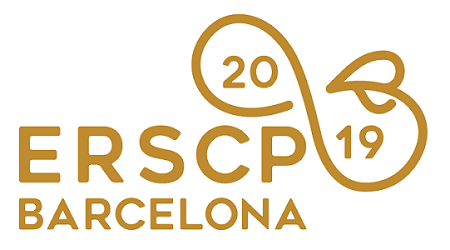Papers Proceedings »
Reuse of building products and components. Addressing barriers to enhance opportunities for C&D waste in the Circular Economy.
Among all the fields that contribute to our environmental footprint, the building sector bears a significant responsibility since its impacts concern several processes: the extraction of resources, the energy demand throughout the building life, the huge amount of Construction and Demolition (C&D) waste produced. European policies have been addressing for the last decades all the issues related to the buildings energy consumption, in order to lower the CO2 emissions produced by human settlements. At the same time, focusing on resource efficiency, the Circular Economy (CE) principles contributed to the C&D waste management framework through the 2008/98/CE directive and the recent EU action plan “Closing the loop” (2015). Current design research aims to detach the lifecycle processes from the linear consumption pattern: this strategy addresses the lifespan of products and the possibility for them to endure as long as possible within the less energy demanding schemes of CE, such as reuse and remanufacture. Thus, designing materials that find their way back into the economy is an opportunity to avoid or delay their disposal. The architectural field applies these patterns to the Design for Deconstruction and reuse practices, encouraging the monitoring of all the components of a new edifice and their more suitable management after demolition. More difficulties emerge when applying the CE principles to the transformation of existing buildings: though there is a quite established framework for recycling processes, reuse has to face several obstacles on different sides. Regulatory constraints, aspects of the market and of the supply chain, lack of information and cultural prejudices: all these issues increase the difficulties for the transition to the CE in the building sector. The paper will investigate the normative barriers to the reuse of building products and components in the European architectural field, identifying strategies to overcome them and to foster circular practices in the C&D processes. The first part of the paper will examine in depth the state of the art of European norms related to the reuse patterns. It will analyse how the regulatory framework concerning waste management and circular economy enhance low environmental impact processes for materials and products deriving from building sites, as well as the shortage of specific tools to evaluate the features of these elements and the resulting possible options and processes. The second part of the paper will deal with the effects of the lack of appropriate instruments on the market and on the current practice. The difficulties to label reuse materials, the uncertainties in the end-of-waste status and in meeting the performance requirements: all these are obstacles to a more innovative, competitive and environmentally sound market. The identification of the issues to address will allow defining a framework of strategies to adopt in order to facilitate the reuse processes in the C&D sector, avoiding patterns that would demand more energy in transforming building materials and fostering green innovation in both the regulatory and economic context.
